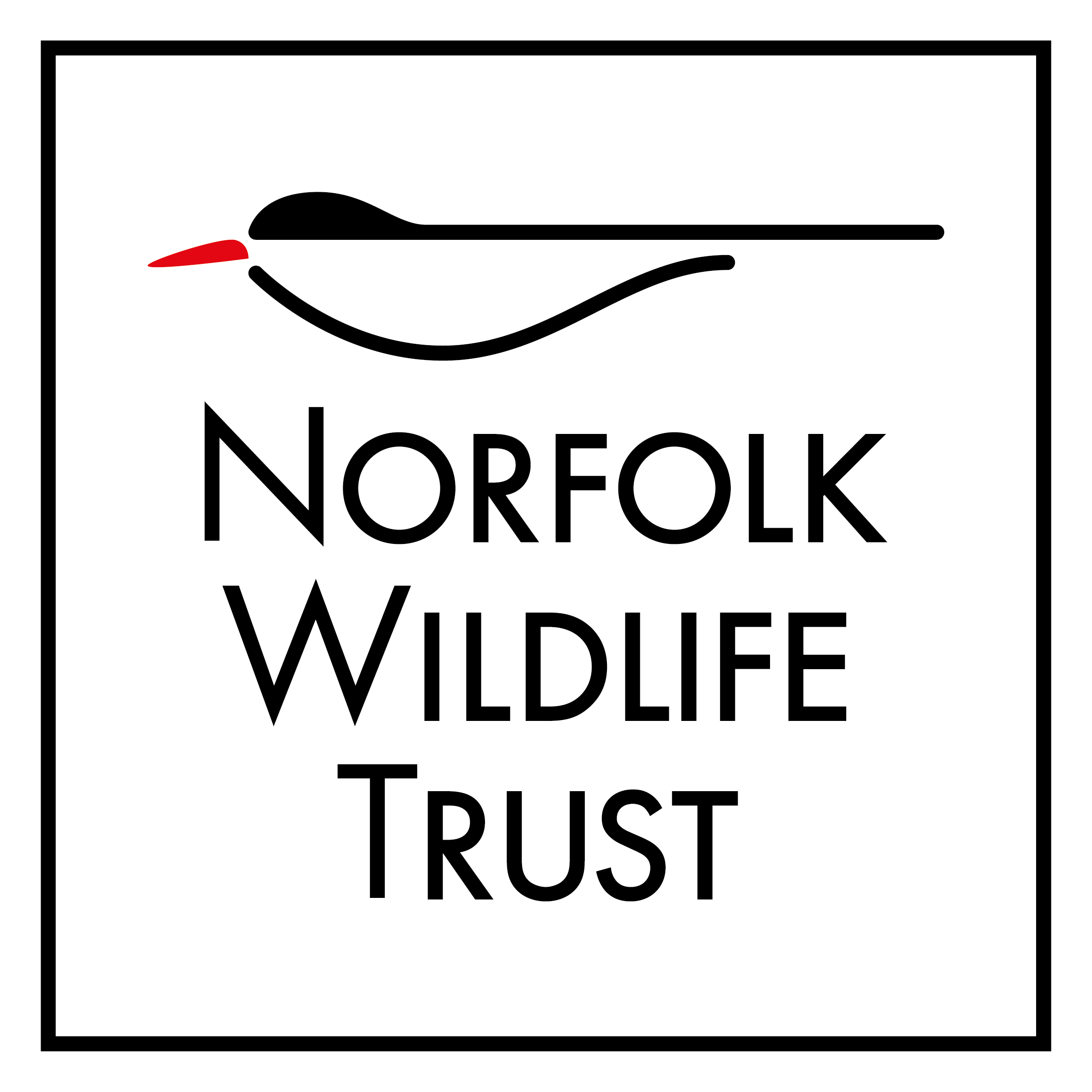Search
Search
Thorpe Marshes
Bordering the River Yare, Thorpe Marshes is an important urban nature reserve. Located on the eastern fringe of Norwich, the site brings the wildlife of the Norfolk Broads into the city itself.…
Norwich Local Group
From learning more about our amazing natural heritage, to taking part in conservation work, and fundraising for the future – joining a Local Group provides invaluable support for Norfolk's wildlife.
A trip to Thorpe Marshes - getting back to nature
Our Youth Forum member, Joseph Newstead, enjoys a visit to Thorpe Marshes to de-stress.
NWT Thorpe Marshes guided walk (27 March)
Join local naturalist, Chris Durdin, for a meander at NWT Thorpe Marshes and discover the reserve’s wildlife.
NWT Thorpe Marshes guided walk (11 February)
Join local naturalist, Chris Durdin, for a meander at NWT Thorpe Marshes and discover the reserve’s wildlife.
NWT Thorpe Marshes guided walk (15 January)
Join local naturalist, Chris Durdin, for a meander at NWT Thorpe Marshes and discover the reserve’s wildlife.
NWT Thorpe Marshes guided walk (21 April)
Join local naturalist, Chris Durdin, for a meander at NWT Thorpe Marshes and discover the reserve’s wildlife.
Sign up for nature news
Come and discover Sweet Briar Marshes!
We're delighted to be opening our new Norwich nature reserve this weekend and holding a series of free events.
Cley Marshes camera
High-tech cows aid nature conservation at NWT Sweet Briar Marshes
Six rare breed cattle, sporting the latest in grazing technology, have been released at Norfolk Wildlife Trust's newest urban nature reserve to help with vital habitat management.
